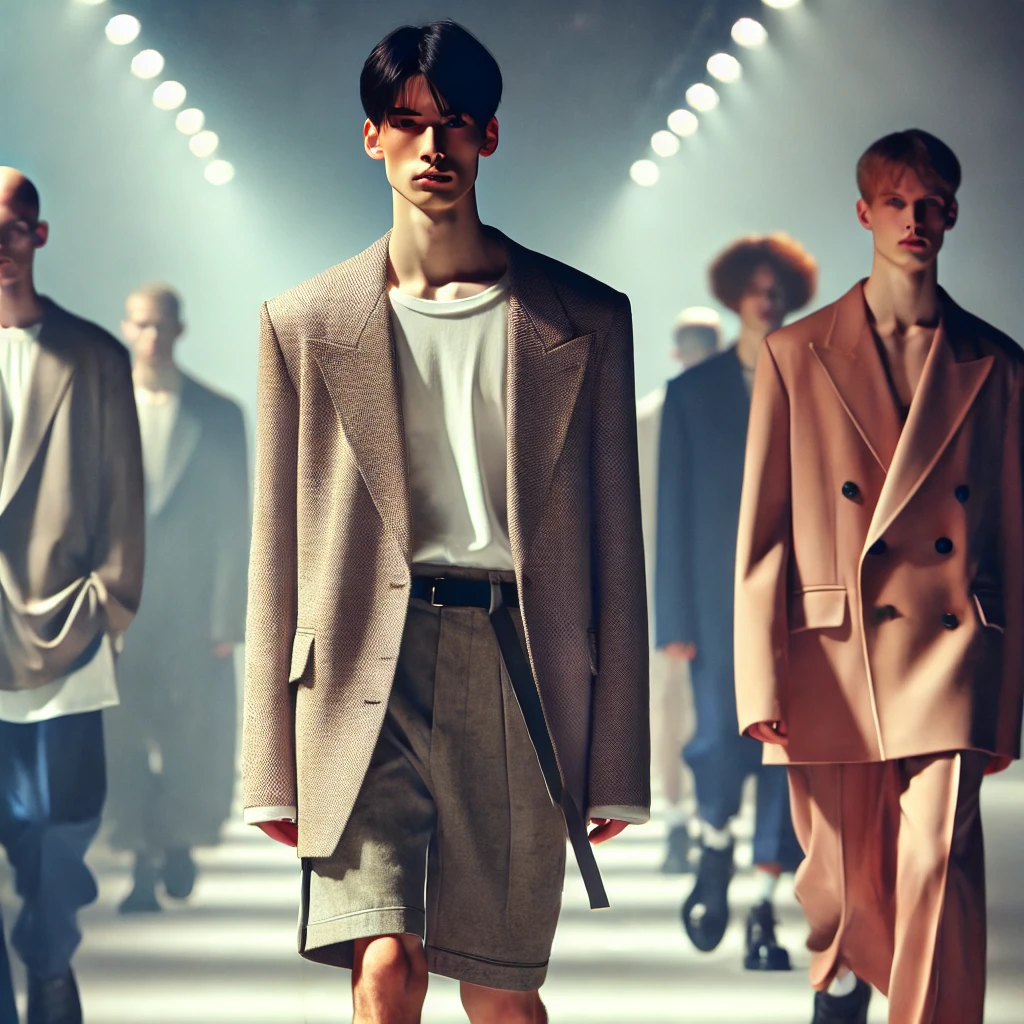The fashion industry has long been built on a binary: men’s fashion and women’s fashion. But today, those lines are blurring fast. A growing movement toward genderless fashion is reshaping designer collections and challenging traditional norms — and it’s not just a trend, it’s a cultural shift.
Major luxury brands like Gucci, Balenciaga, and JW Anderson are embracing androgyny on the runway. Alessandro Michele’s tenure at Gucci was especially influential, featuring models in flowing gowns, suits with ruffles, and accessories with no defined gender. These designs weren’t made “for men” or “for women” — they were made for expression.
Why now? Much of the change is being driven by Gen Z — a generation that increasingly rejects rigid gender labels. For them, style is about identity, not conformity. Clothing is viewed as a form of self-expression, not a set of rules. And brands that understand this are gaining both cultural capital and loyal audiences.
From a design perspective, genderless fashion allows for incredible creativity. Oversized silhouettes, neutral palettes, fluid draping — all of these open new possibilities. Retail spaces are also changing, with some brands opting for unisex sections or removing gender labels altogether.
Critics argue that some “gender-neutral” fashion still leans heavily toward a traditionally masculine aesthetic. But others see it as a starting point — not the destination. True inclusivity means offering a wide spectrum of choices, regardless of gender identity.
In the long run, genderless fashion isn’t about erasing categories — it’s about freedom. It’s about wearing what feels right, not what’s expected.






Leave a Reply